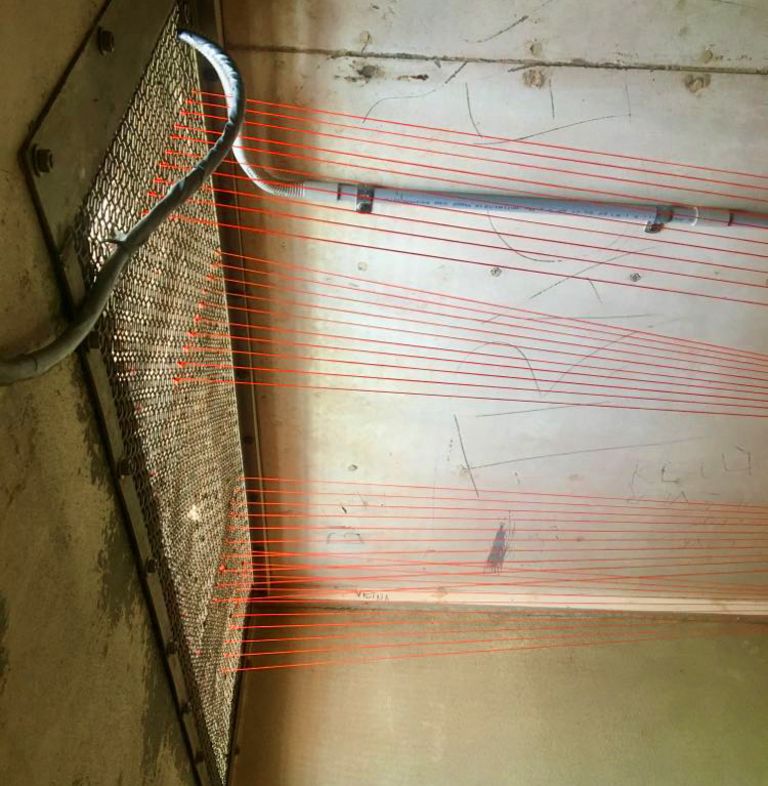A Suitable Volume

4 channel sound installation with sculptural elements
part of "Withheld" exhibition with Georgia Hayward
In-ARI - The Old Lockup, Maroochydore, QLD, AU
18-20 October 2024.
critical text by Felicity Andrews
Opening Night + Artist Talk | 18 Oct 6pm - 8pm
Public Program | 19 Oct | 2.30pm - 3.30pm
EXHIBITION HOURS
Friday 18 Oct | 2pm - 8pm
Saturday 19 Oct | 10am - 4pm
Sunday 20 Oct | 10am - 4pm